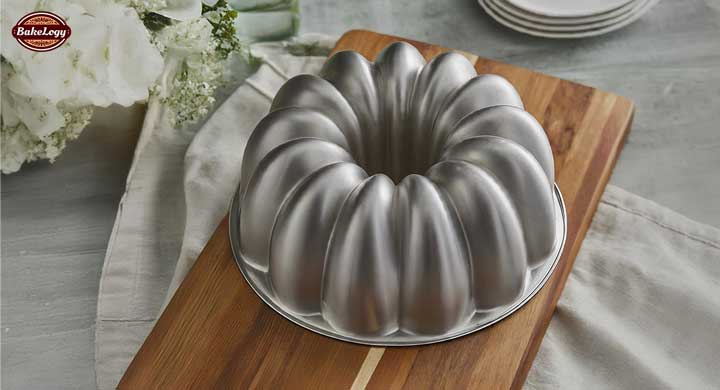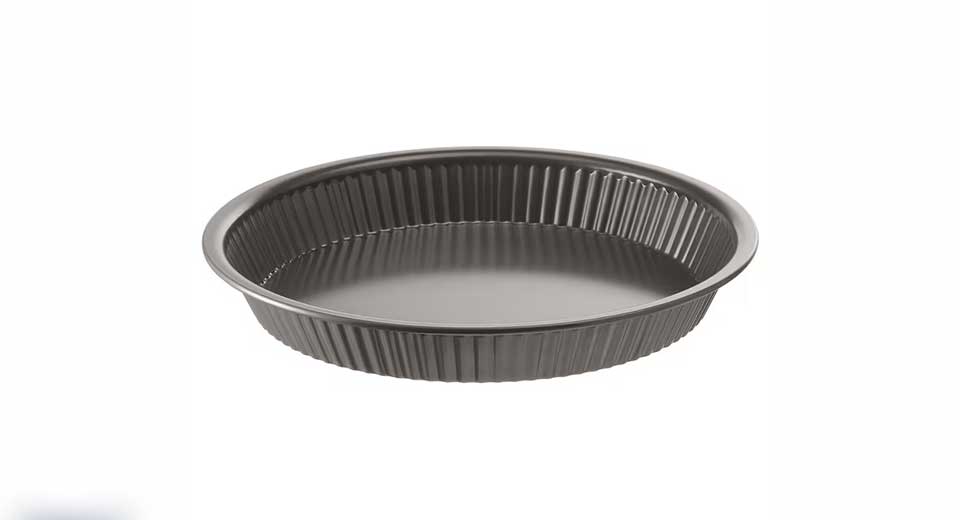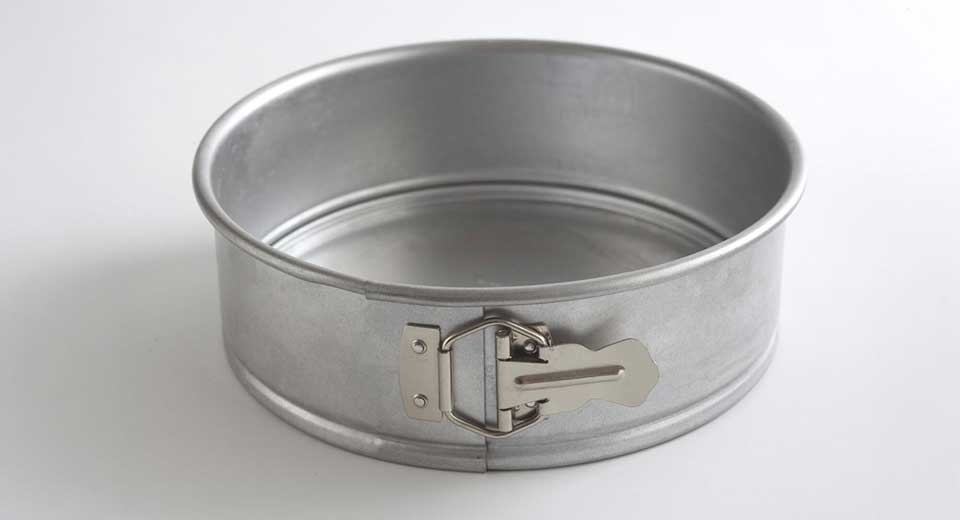Bundt pans are a staple in the world of baking, known for their unique shape and ability to transform simple cakes into stunning showpieces. Whether you’re a novice baker or an experienced one, understanding the ins and outs of Bundt pans can elevate your baking game.
What is a Bundt Pan?
A Bundt pan is a ring-shaped baking pan with a central tube that comes out in the middle of the cake. The flared sides or grooves on the inside of a Bundt pan give the cake a decorative finish. The design was adapted from traditional European cake molds and popularized within the United States by the Nordic Ware company in the 1950s.
Types of Bundt Pans
Bundt pans come in a wide array of materials, sizes, and designs. Regarding the materials, the following are found:
Materials
- Aluminum: It is the most used metal for bundt pans. It allows even heat distribution, hence making it more durable.
- Non-stick Coated: This allows easy release of cake and easy cleaning. However, it requires more care as the coating may scratch.
- Silicone: This is flexible, non-stick, but might not provide such clear edges as metal pans will do.
- Cast Iron: Heavy, and thus good for heat retention, but not so common because of its weight and care requirements.
Sizes
- Mini Bundt Pans: These are great for serving individual portions or small treats.
- Standard 10-12 Cup Bundt Pans: These will suffice for most Bundt cake recipes.
- Large Bundt Pans: These are oversized pans, many times used for special occasions.
Designs
- Classic Fluted: This is the classic design, having deep grooves, and suited for most recipes.
- Intricate Patterns: bake visually striking cakes with swirls or geometrical shapes that require very little decoration.
How to Use a Bundt Pan
Using a Bundt pan requires some special considerations to ensure a perfect cake:
Preparation:
- Really grease that pan, forcing the grease into every nook and cranny. This is done both with a mixture of butter and flour or with a nonstick baking spray with flour.
- A pastry brush may be used to spread the grease on in intricate designs.
- Slowly pour the batter, letting it flow gradually down the side of the pan to avoid formation of air pockets.
Bake:
Preheat your oven according to your recipe’s temperature.
Place your Bundt pan on a baking sheet to catch spills.
Bake until a toothpick inserted into the cake comes out clean. It will take somewhere between 50 to 70 minutes, depending upon your recipe and the size of the pan.

Cooling and removing cake:
- Let the cake cool in the pan for 10 to 20 minutes before you are able to remove it from the pan.
- Use a thin knife or spatula, and rub around edges to free the cake.
- Invert the pan onto a wire rack; with a light tapping motion, let the cake release. If it doesn’t release easily, let it cool some more.
Common Problems and Troubleshooting
Sticking:
- Even if the cake pan has been greased properly, it can still stick. A non-stick floury spray may be needed, or the cakes are not cooling enough, or tap the pan gently.
Uneven Baking:
- Make sure your oven is good and preheated, then put the pan on the middle rack. If the top browns too quickly, cover with foil.
Overfilling of the Pan :
- Bundt pans should not be filled more than ⅔ to ¾ full. This will allow room for the rise of the cake.
Cleaning and Care
The proper care of your Bundt pan is how to assure longevity and maximum performance.
Cleaning:
- Hand wash the pan in warm soapy water with a soft cloth or sponge; avoid using abrasive cleaners or metal utensils that can scratch the surface.
- For more resilient leftovers, soak the pan in warm water. Clean out crevices using a soft brush.
Storage:
- Keep the pan in a dry area and make sure that it’s thoroughly dried before storing to avoid rust or mold accumulation .
Popular Bundt Cake Recipes
Bundt pans are versatile, and several different cakes can be baked in them, like the following:
- Classic Vanilla Bundt Cake: An unadorned but classy cake which highlights the best of the pan.
- Lemon Poppy Seed Bundt Cake: Refreshing, with a nice zing of citrus.
- Chocolate Fudge Bundt Cake: Rich, moist, and just right for chocolate lovers.
- Cinnamon Swirl Bundt Cake: Spiced cake with a beautiful swirl that looks impressive when sliced.
- Pumpkin Spice Bundt Cake: Seasonal favorite perfect for fall.
Creative Bundt Pan Uses
These creative uses prove Bundt pans aren’t only for baking cakes:
Monkey Bread: A pull-apart bread scented with cinnamon and sugar, baked in a Bundt pan using dough balls.
Gelatin Mold: Beautiful gelatin desserts, completed in perfect shape.
Ring for Punch Bowls: Create an attractive ice ring by ringing your punch bowl with fruit, herbs, and a little frozen water inside a Bundt pan.
Meatloaf: Shape your meatloaf in a Bundt pan for uniform cooking and cool presentation.
The bundt pan is so much more than a means of baking; it is a way to easily bake a beautiful, memorable dessert. Proper care and a dash of creativity will give years upon years of delicious fun in the kitchen with this versatile pan to any baker. Be it that classic cake or a new experiment, be rest assured with the bundt pan.




